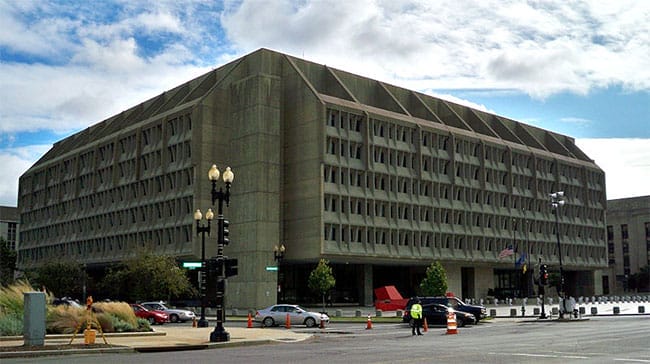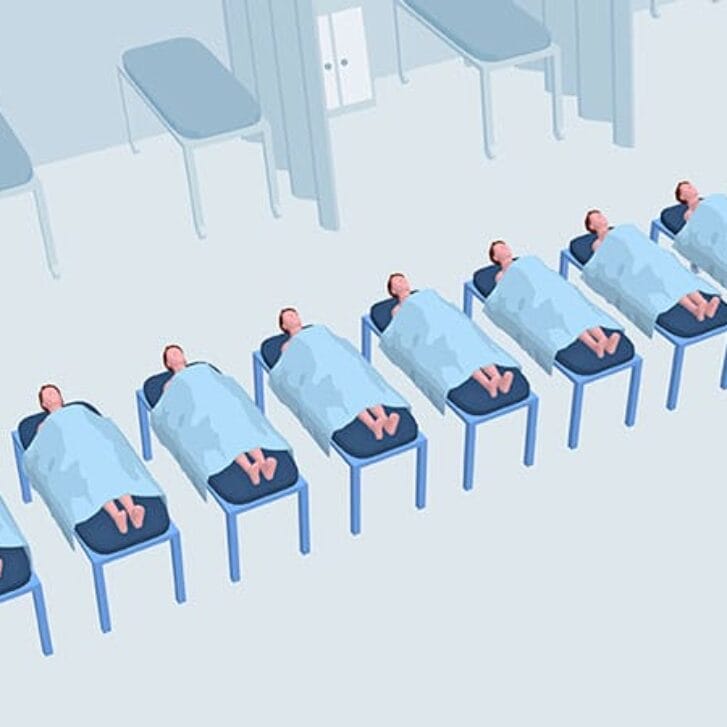As part of the Affordable Care Act, primary care physicians taking care of Medicaid-eligible patients were to be paid at the Medicare rate, a higher rate, for 2013 to 2014. One of the reasons for this higher payment rate was to encourage physicians to accept new Medicaid-eligible patients for primary care. Another goal of primary care delivered by family physicians, internal medicine specialists, pediatricians and ancillary personnel has been to improve the overall health of populations.
The higher payment was intended to increase the acceptance of new Medicaid patients into primary care from approximately 70 percent to an average approaching more than 78 percent. “Low” Medicaid payments have been considered a significant barrier to access for Medicaid-eligible patients.
So how did this experiment do?
One very good paper, authored by Dan Polsky (Penn professor of medicine, Wharton’s Robert D. Eilers Professor in Health Care Management and Economics, and executive director of the Leonard Davis Institute of Health Economics) and published in the New England Journal of Medicine, demonstrated that availability of primary care appointments increased for Medicaid patients in a very meaningful manner over this 2013-2014 timeframe.
A success right? Not so fast.
The Medicaid and CHIP Payment and Access Commission (MACPAC) recently published a report which found that the payment increase had little to no effect on Medicaid provider participation. Since this experiment ended on Dec. 31, 2014, 24 states are reverting to their previous primary care Medicaid rates—with these rates essentially being cut in half. Additionally, the vast majority of states involved in this will not pay at the Medicare rate. So $7 billion was spent on a program to improve access to primary care for Medicaid beneficiaries who now make up over 70 million covered lives in the U.S. and for most states, the plan is not to continue.
What happened?
MACPAC’s analysis stated that the rollout of this initiative was poorly conceived and poorly implemented. First, the timeframe was too short, with many of the states not becoming involved until well after the January 2013. Second, coordination with the states, which run the joint federal-state Medicaid programs, was not well thought out. States experienced additional administrative burdens without receiving any help of the Centers for Medicare and Medicaid Services. Third, payment/delivery mechanisms in place—managed care organizations or MCOs—had difficulty in determining the share of the payment that was attributable to primary care services.
So it appears that because of this, we won’t know the actual findings from this experiment for quite some time. This program would be aided by timely information so that Congress can decide on whether to fund it or not before lawmakers move on to other issues. Instead, we will wait to learn in detail: What did U.S. taxpayers get for their $7 billion investment? Why did the implementation go so poorly?


























